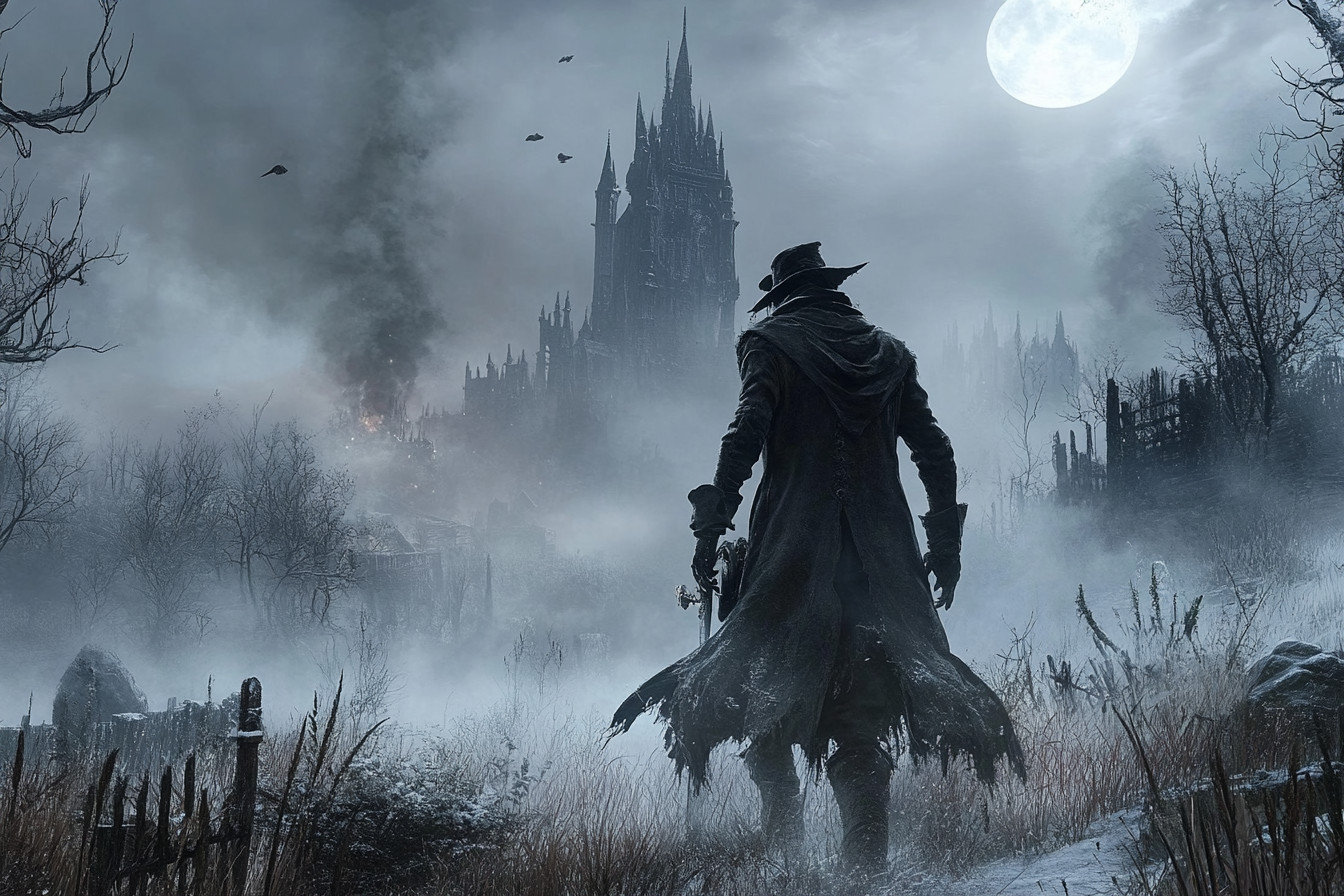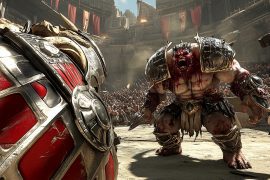There’s something wrong with me. I know this because normal people don’t willingly subject themselves to the same torture for hundreds of hours and call it “fun.” And yet here I am, at 2:37 AM on a work night, attempting my forty-something run at a boss that has already killed me more times than I can count. My wife gave up asking when I’d come to bed around midnight. The dog abandoned me for the comfort of our bedroom around 1 AM. It’s just me, my increasingly worn controller, and the words “YOU DIED” flashing across the screen for what feels like the thousandth time. I should be frustrated. I should be angry. Instead, I take a deep breath, adjust my grip, and hit “respawn” again. This is Bloodborne, and I am hopelessly, irrevocably addicted.
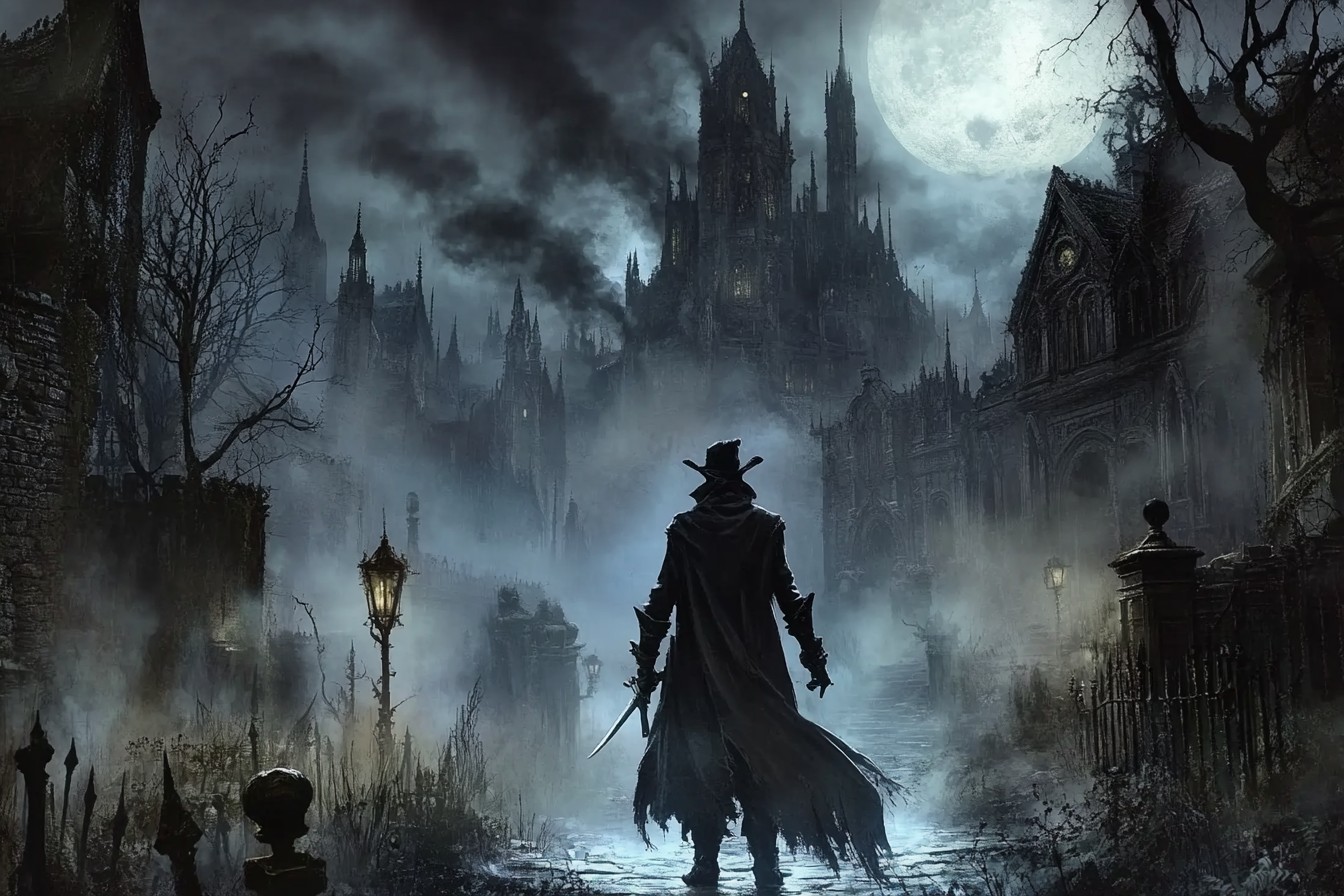
My relationship with FromSoftware games hasn’t always been this… intense. I bounced off Dark Souls three separate times before it finally clicked. The deliberate pace, the sword-and-board combat style, the medieval fantasy setting—it was familiar territory executed with punishing precision. But Bloodborne? From the moment I stepped into Yharnam’s cobblestone streets, inhaled the gothic Victorian atmosphere, and got immediately mauled by that werewolf in the clinic, I knew this was different. This was special.
I remember buying it on a whim back in 2015, mostly because the cover art looked cool and I had a gift card burning a hole in my pocket. The guy at GameStop—this bearded dude named Marcus who always had solid recommendations—warned me: “It’s like Dark Souls but faster and with Lovecraft stuff. You’re gonna die. A lot.” Understatement of the century, Marcus. Understatement of the century.
The first few hours were brutal. I died to regular enemies more times than I’d died to bosses in other games. That mob around the bonfire in Central Yharnam became my nemesis—the source of more profanity than I’d unleashed since accidentally hammering my thumb while attempting DIY shelving the previous summer. The game offered no tutorial beyond a few basic notes on the ground. No difficulty settings. No mercy. Just a saw cleaver, a pistol, and the vague directive to “hunt beasts.”
What kept me going was the world itself. Yharnam is possibly the most realized setting I’ve ever experienced in a game—a nightmarish blend of Victorian London, Prague, and fever-dream architecture that doesn’t entirely conform to the laws of physics. Gothic spires reach impossibly high, twisted iron fences guard secrets in plain sight, and everything is just slightly… wrong. The way statues seem to follow your movement. The way fog obscures the boundaries between streets. The way the sky changes as the night progresses. It’s disorienting in the best possible way.
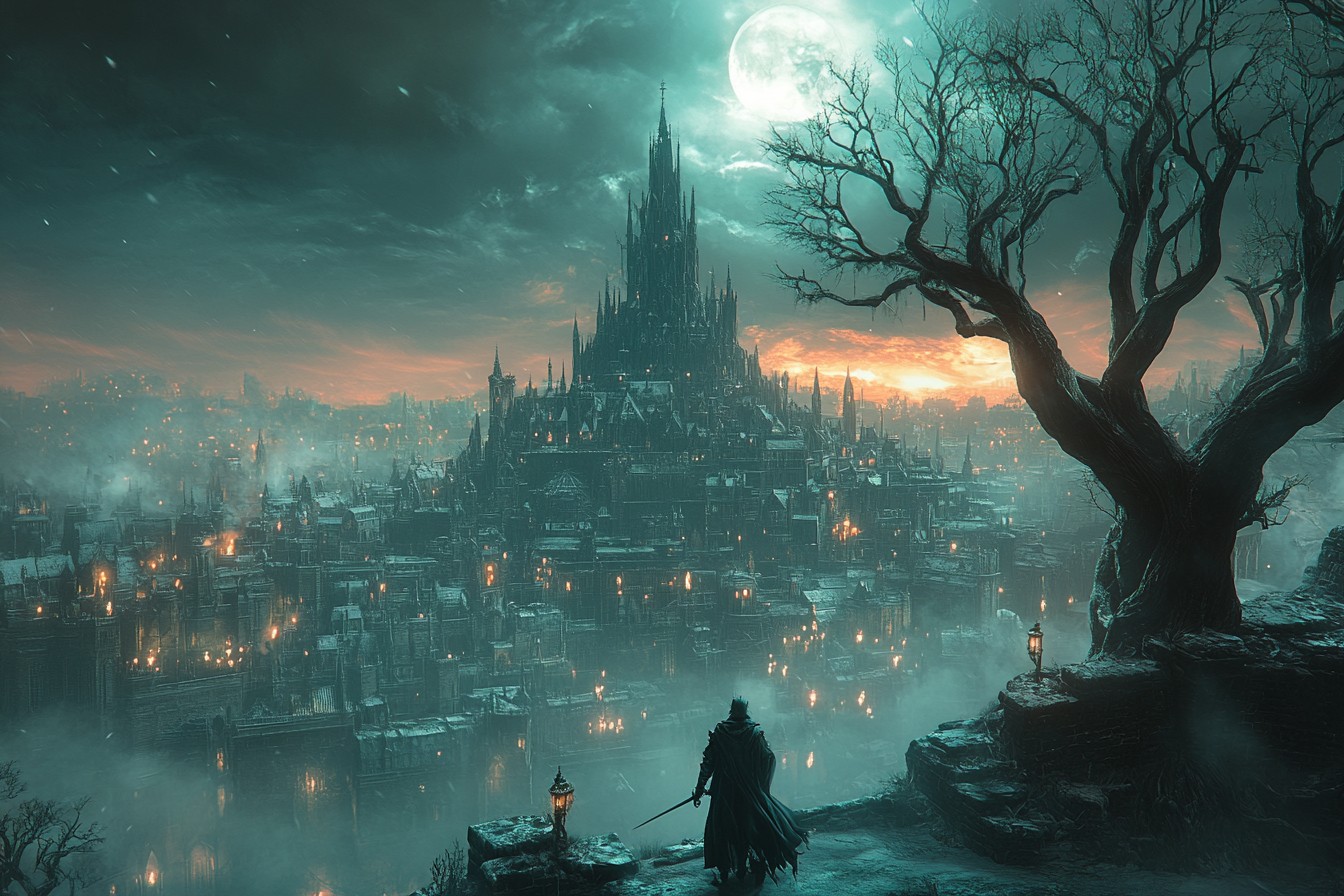
The first major wall I hit was Father Gascoigne. I still get chills thinking about that fight. The graveyard arena, the haunting music box subplot with his daughter, the mid-fight transformation from hunter to beast—it was unlike any boss encounter I’d experienced. After attempt number twenty-something, my buddy Dave texted to ask if I wanted to grab a beer. My response: “Can’t. Fighting priest. Need to kill.” Three hours later, victory finally came at around 1 AM. I woke up my wife with my triumphant yell, which earned me a sleepy middle finger and a pillow thrown at my head. Worth it.
What makes Bloodborne special isn’t just its difficulty—though that’s certainly part of the appeal. It’s how the gameplay mechanics reinforce the narrative themes. The rally system—which allows you to regain lost health by immediately striking back at enemies—encourages an aggressive playstyle that mirrors the blood-drunk hunters you encounter. The trick weapons that transform mid-combo represent the evolution of the hunt from beasts to something more cosmic and terrifying. Even the insight mechanic—which allows you to “see” more of the world’s horrors as you accumulate knowledge—is pure Lovecraft, the idea that enlightenment brings madness rather than peace.
The trick weapons deserve special mention because they fundamentally changed how I approach combat in games. My first playthrough was a love affair with the saw cleaver—that satisfying transformation from serrated blade to extended beast-shredder never gets old. But subsequent runs introduced me to the holy moonlight sword (which my build couldn’t even properly use until New Game+), the whirligig saw (affectionately dubbed “the pizza cutter” by the community), and my personal favorite, the burial blade—a scythe that makes you feel like death incarnate when you get the combo timing right.
Each weapon has two entirely different movesets, essentially doubling the combat possibilities. Learning the transformation attacks—those gorgeous moments when you shift forms mid-combo to create entirely new damage opportunities—became an obsession. I’d spend hours just practicing weapon transitions, trying to perfect the timing like some deranged orchestra conductor leading a symphony of blood and steel.
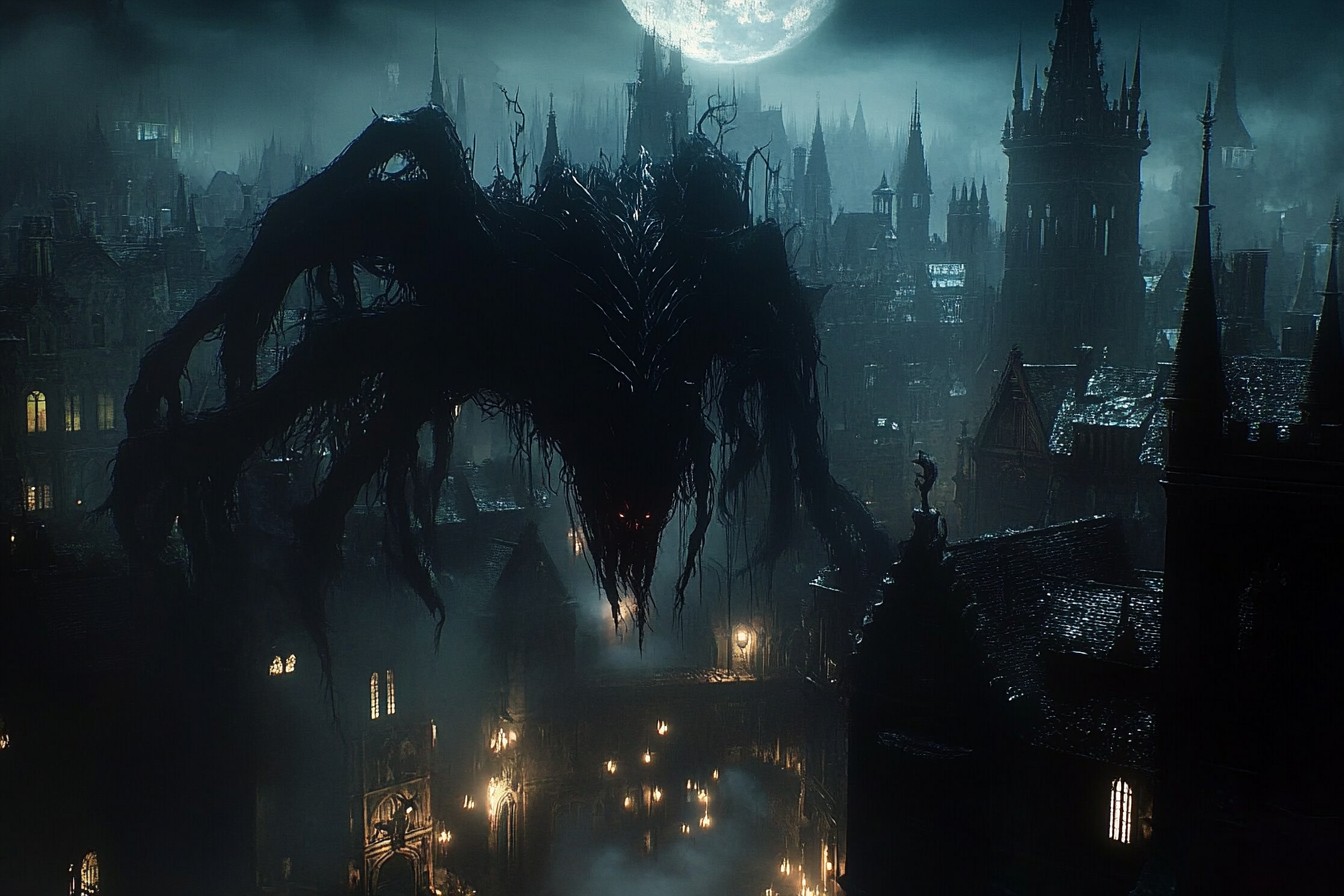
The bosses of Bloodborne represent some of the highest highs and lowest lows of my gaming life. Lady Maria of the Astral Clocktower stands as perhaps my favorite boss fight in any game, ever. The arena—a clock tower filled with withered flowers. The music—strings that build to an incredible crescendo. Her moveset—graceful, deadly, a perfect dance partner for the hunter. The lore implications—too rich to fully explore here. Beating her after dozens of attempts felt like finishing a masterclass in the game’s mechanics.
On the flip side, Micolash, Host of the Nightmare, with his irritating maze chase sequences and one-shot kill calls from beyond, made me question my life choices. I distinctly remember fighting him around 11:30 PM on a work night, promising myself “just one more try” until suddenly it was 3 AM and I had a meeting at 8. I showed up to that meeting with bloodshot eyes and the Micolash dialogue—”Grant us eyes, grant us eyes!”—echoing in my sleep-deprived brain. My coworker Jen asked if I was okay. I just mumbled something about nightmares and cosmic truth. She hasn’t sat next to me in meetings since.
The Chalice Dungeons represent another layer of obsession. These procedurally generated labyrinths beneath Yharnam started as a curiosity and ended as a 100+ hour side quest. The promise of better blood gems to slightly improve my damage output had me delving deeper and deeper into increasingly difficult dungeons, fighting variations of bosses in different arenas, mapping out glyph codes to share with other hunters online. I had a actual physical notebook filled with dungeon combinations, boss strategies, and shortcut locations. My wife found it once and legitimately thought I was losing my mind, the pages filled with scribbled notes like “Layer 3, room 2, lever behind illusory wall” and “Defiled Watchdog—NO FIRE RESIST GEAR!!!”
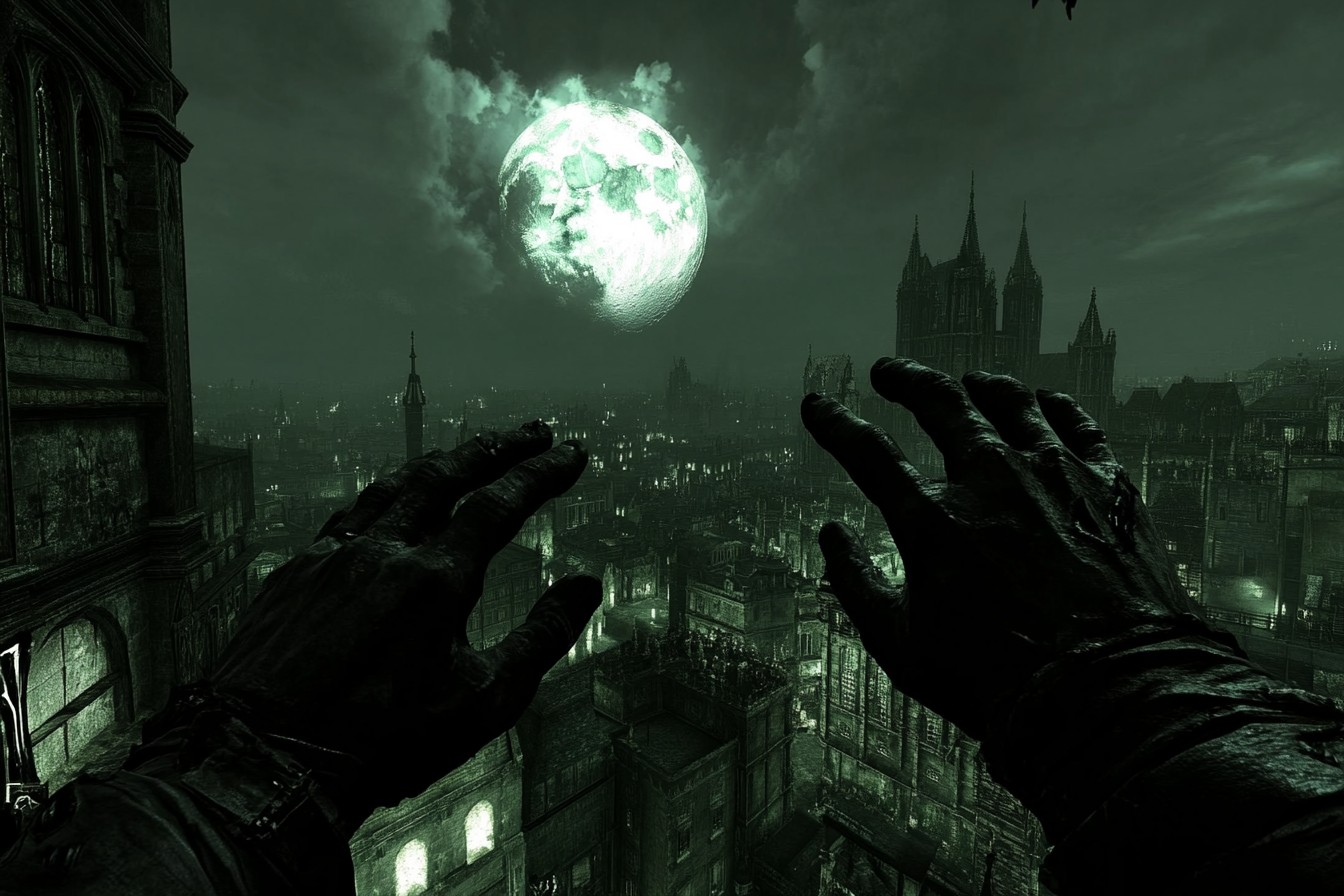
What really sets Bloodborne apart from other games—even other FromSoftware titles—is its storytelling approach. The game gives you almost nothing directly. No lengthy cutscenes explaining the plot. No exposition dumps. Just fragments—item descriptions, environmental details, cryptic NPC dialogue—that you must piece together yourself. The “paleblood hunt” that brings your character to Yharnam remains deliberately vague. Are you seeking literal pale blood? A cure for some affliction? Transcendence beyond humanity? The game respects your intelligence enough to let you decide.
This cryptic approach extends to the game’s cosmic horror elements, which begin as subtle hints and gradually overtake the narrative. The shift from gothic horror to Lovecraftian nightmare isn’t just a stylistic choice—it’s a thematic evolution of the hunt itself. As your character gains insight, the world literally changes around you. Enemies you couldn’t see before become visible. The sky transforms. The very nature of your quest morphs from hunting beasts to confronting cosmic truth. It’s a brilliant slow burn that rewards attentive players.
The Healing Church lore alone could fill an entire article (and has filled entire YouTube series). The way its various branches—the Choir, the School of Mensis, the Workshop—pursued different approaches to ascension through blood mirrors real-world religious schisms. The architecture of the Upper Cathedral Ward, with its orphanage and research hall, tells stories of experimentation and atrocity without a single word of dialogue. The way statues change posture and position as you progress deeper into the game’s truth remains one of the most subtle but effective storytelling techniques I’ve experienced.
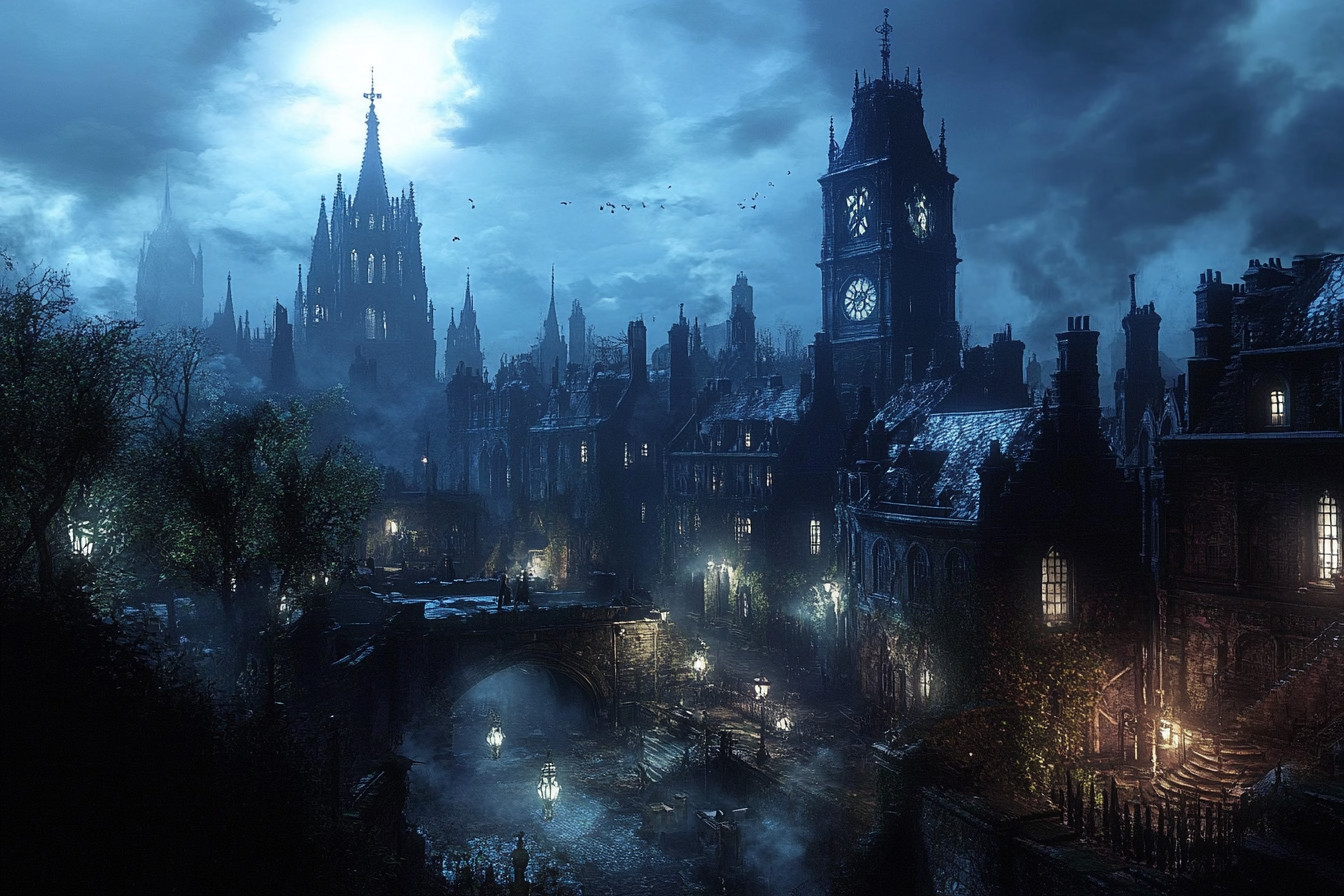
My first playthrough took nearly 70 hours—glacially slow by community standards. I explored every corner, read every item description, and still missed half the optional areas and NPC questlines. My most recent run, finished last month just before the holiday madness began, clocked in at under 20 hours including all optional bosses. That evolution from stumbling newcomer to confident hunter mirrors the game’s own narrative about transcendence through knowledge and experience.
The community around Bloodborne deserves special mention. In a gaming landscape often dominated by toxicity, the Bloodborne community stands out for its helpfulness and passion. Veterans leave notes for newcomers, create incredibly detailed lore compilations, and maintain active cooperation years after release. I remember reaching out on Reddit when I was stuck on Orphan of Kos, expecting “git gud” responses, and instead receiving detailed strategies, offers to co-op, and genuine encouragement. That sense of shared struggle against overwhelming odds creates a unique bond.
I’ve tried explaining my Bloodborne obsession to non-gaming friends. It doesn’t go well. “So you play a game where you die constantly, the story is intentionally obscure, and the reward is…more difficult challenges?” Yeah, when you put it that way, it does sound masochistic. But gamers get it. The satisfaction of overcoming seemingly impossible odds through skill development rather than statistical advantages. The rush of finally defeating a boss that’s been walling you for days. The gradual mastery of systems that once seemed impenetrable. Bloodborne delivers these experiences in their purest form.
My gaming den has a small shelf dedicated to Bloodborne memorabilia—the collector’s edition guide (practically falling apart from use), a hunter figure my wife got me for Christmas one year, and a hand-drawn map of the Cathedral Ward that I made during my first playthrough when I kept getting lost in its labyrinthine streets. It’s embarrassing how much real estate this single game occupies in both my physical home and my mental landscape.
Every few months, the urge returns. Like a hunter drawn back to the dream, I find myself reinstalling Bloodborne, creating a new character, and once again awakening in Iosefka’s Clinic to the sound of distant beasts. I’ve played through the game with every possible build—strength, skill, bloodtinge, arcane, and various hybrids. I’ve done challenge runs, no-healing runs, and speedrun attempts (embarrassingly slow ones). Yet each playthrough reveals some new detail I missed, some connection between characters I hadn’t considered, some weapon combo I hadn’t optimized.

Tonight, as I finally overcome the Orphan of Kos on New Game+3 with my arcane build (a terrible matchup, but I’m stubborn), I realize it’s nearly 3 AM. I have a presentation at work tomorrow. My eyes burn. My thumbs ache. And yet I feel that familiar rush—not just of victory, but of connection to something meticulously crafted, deeply considered, and utterly unique in gaming. Bloodborne isn’t just a game I play—it’s a place I visit, a challenge I crave, a nightmare I can’t stop returning to.
Fear the old blood, they say. But after all these years and hundreds of hours in Yharnam, it’s not fear I feel—it’s gratitude. For the challenge, for the atmosphere, for the community, and for the realization that sometimes, the most rewarding experiences come not from being coddled, but from being pushed to your limit. Now, if you’ll excuse me, I think I hear a beckoning bell. The night is long, and the hunt continues.

